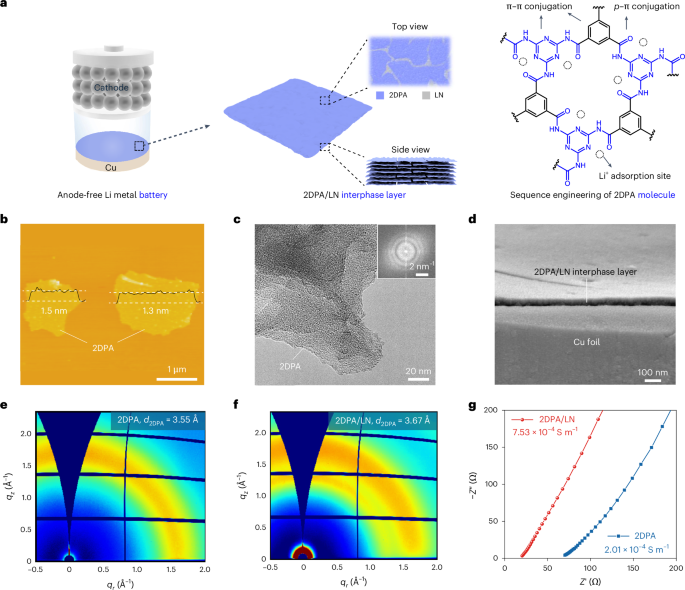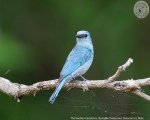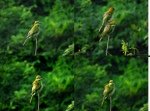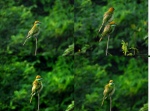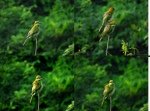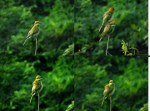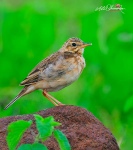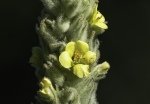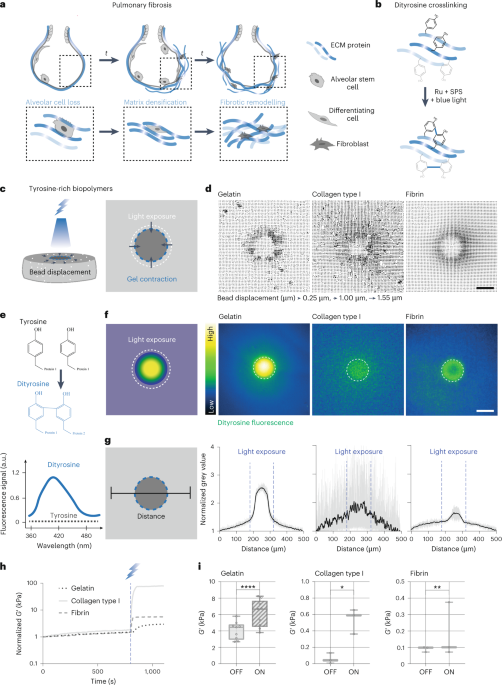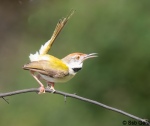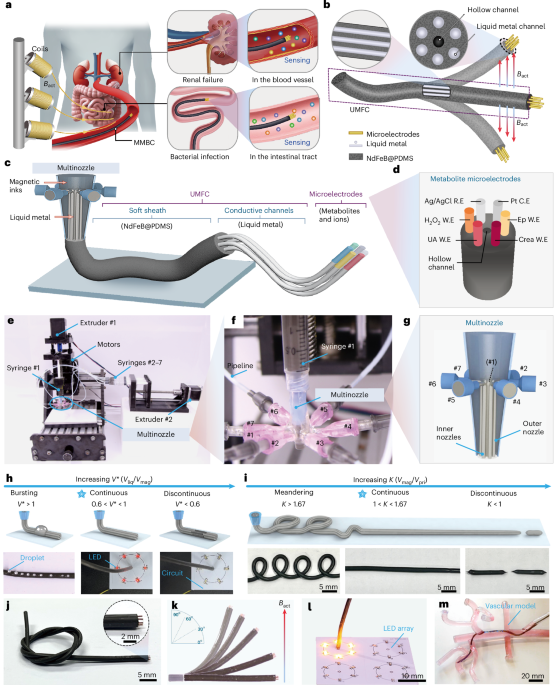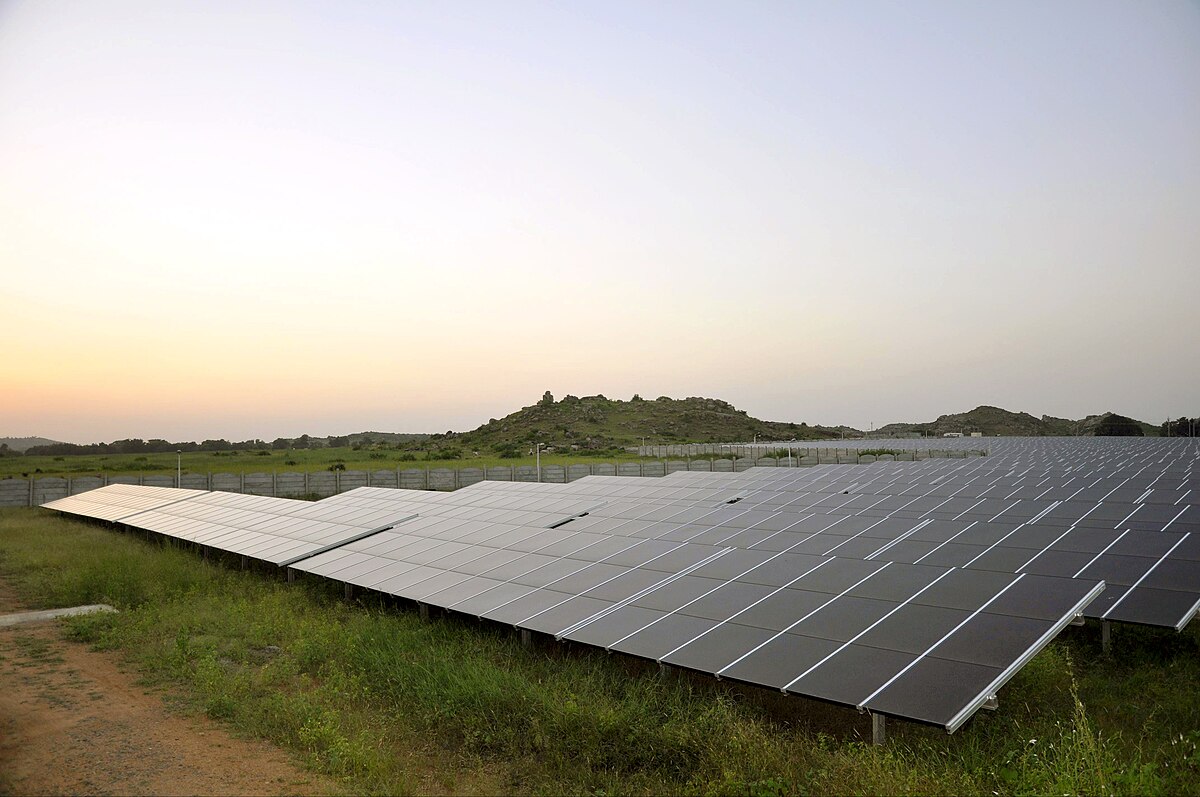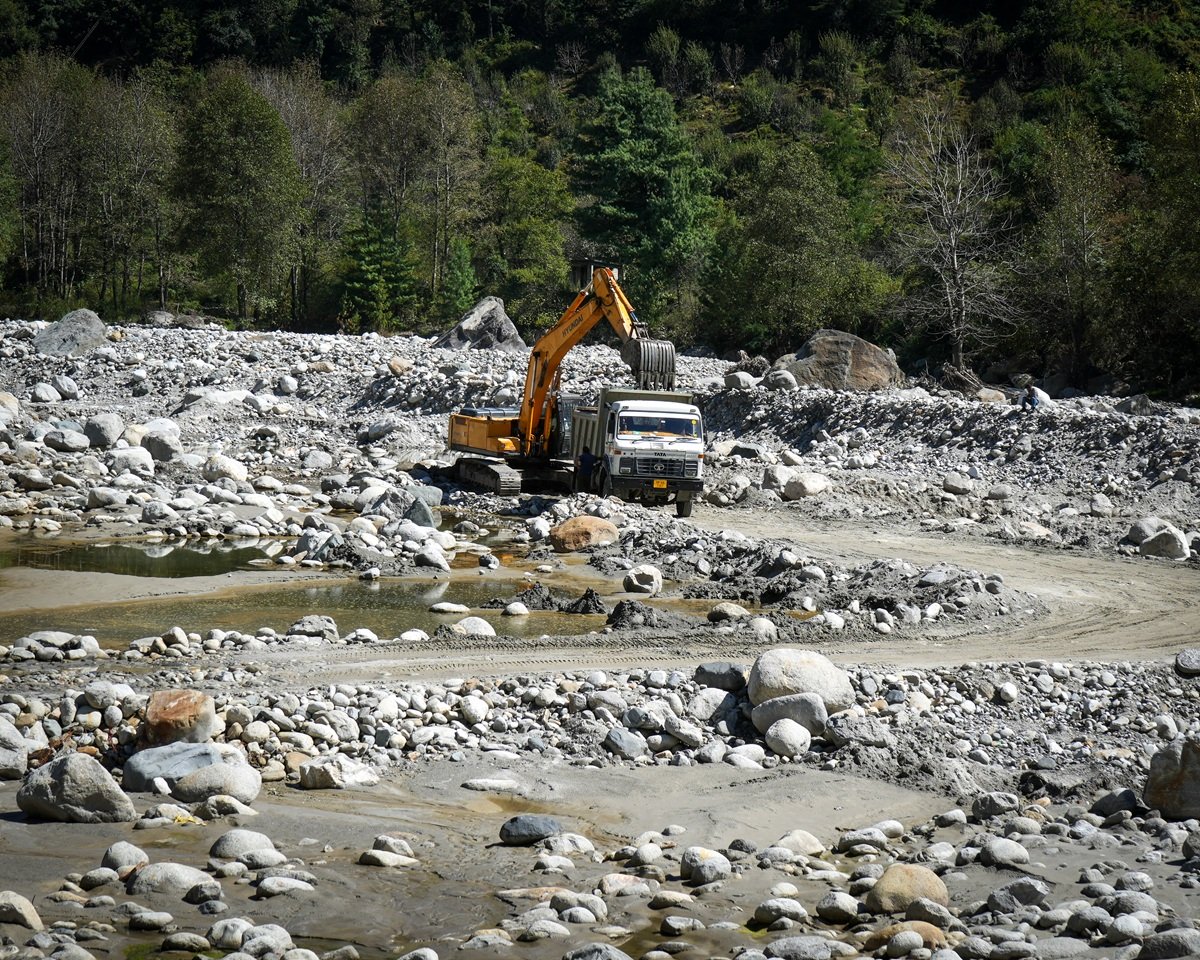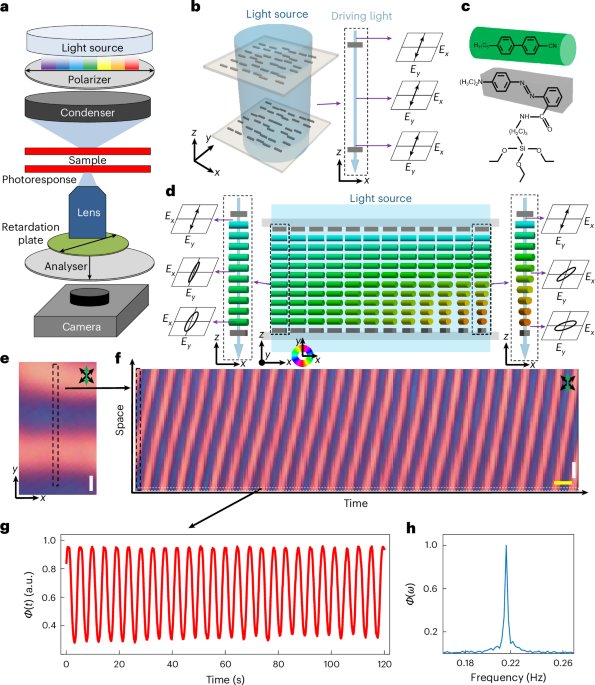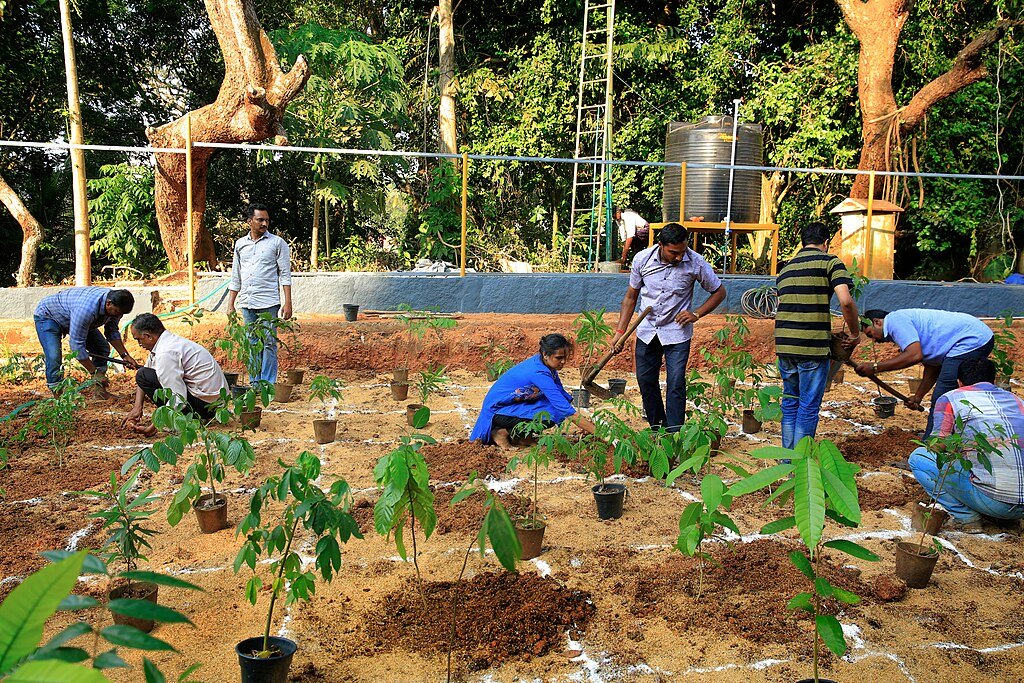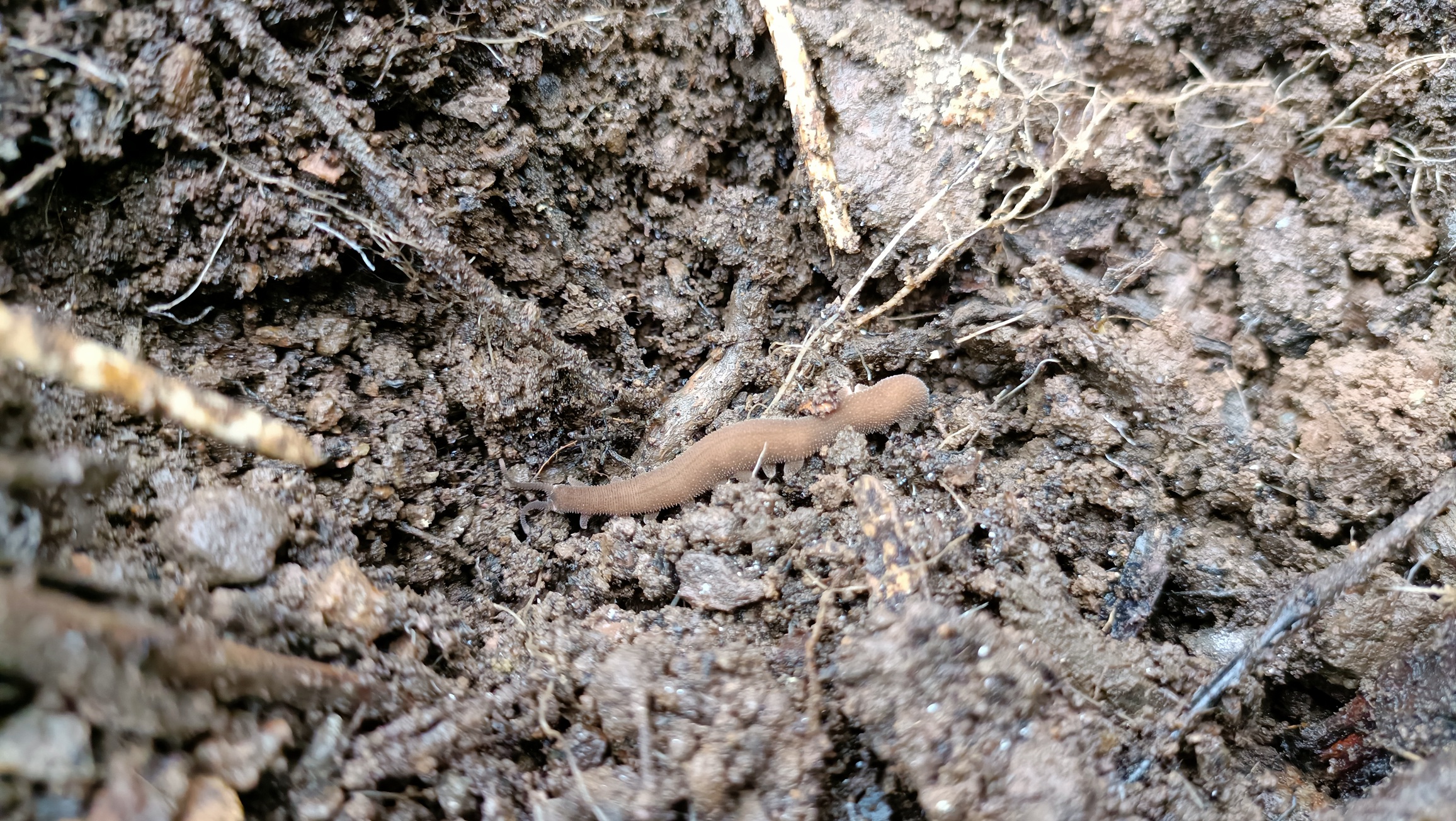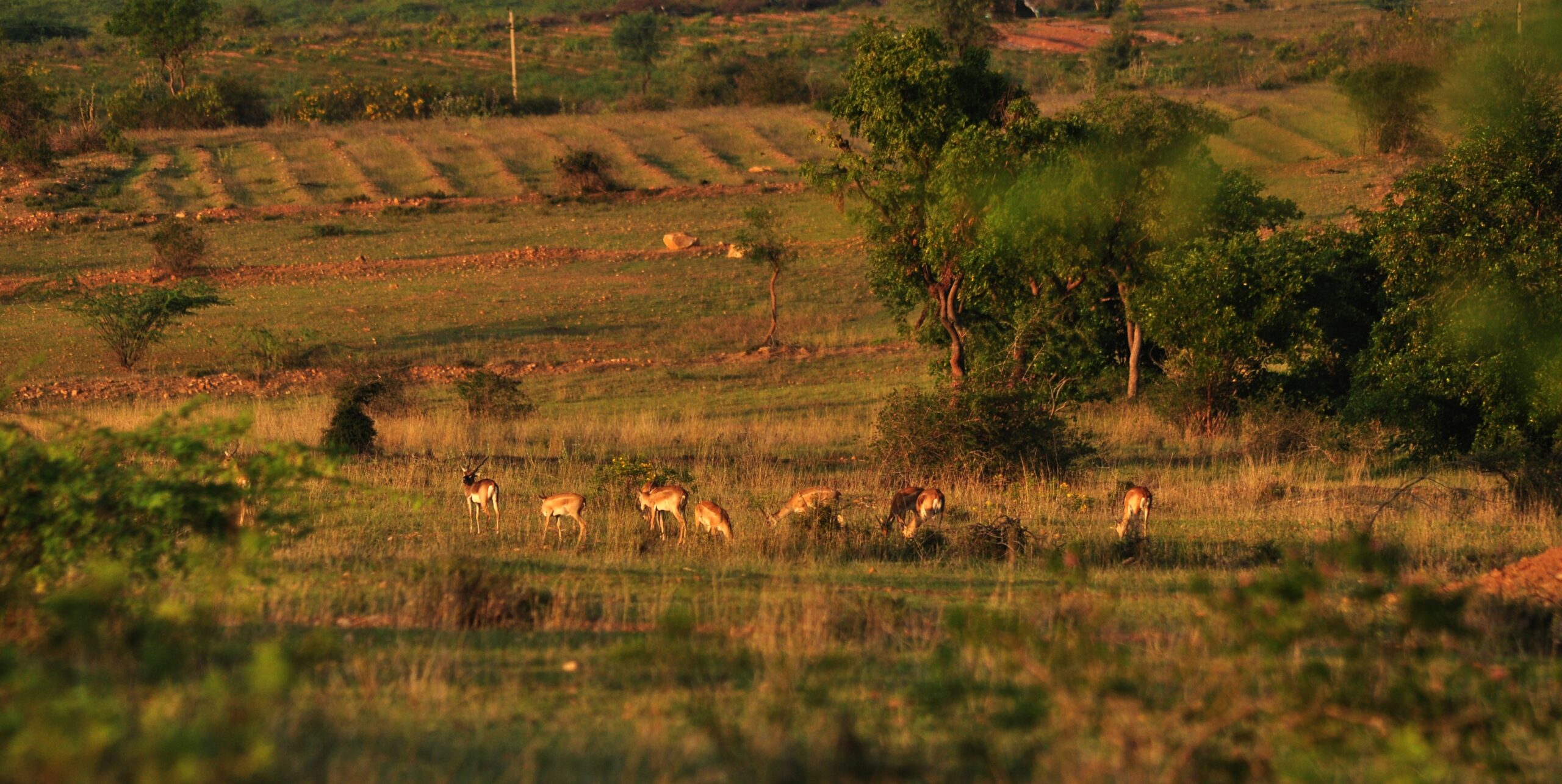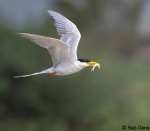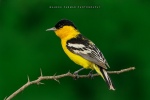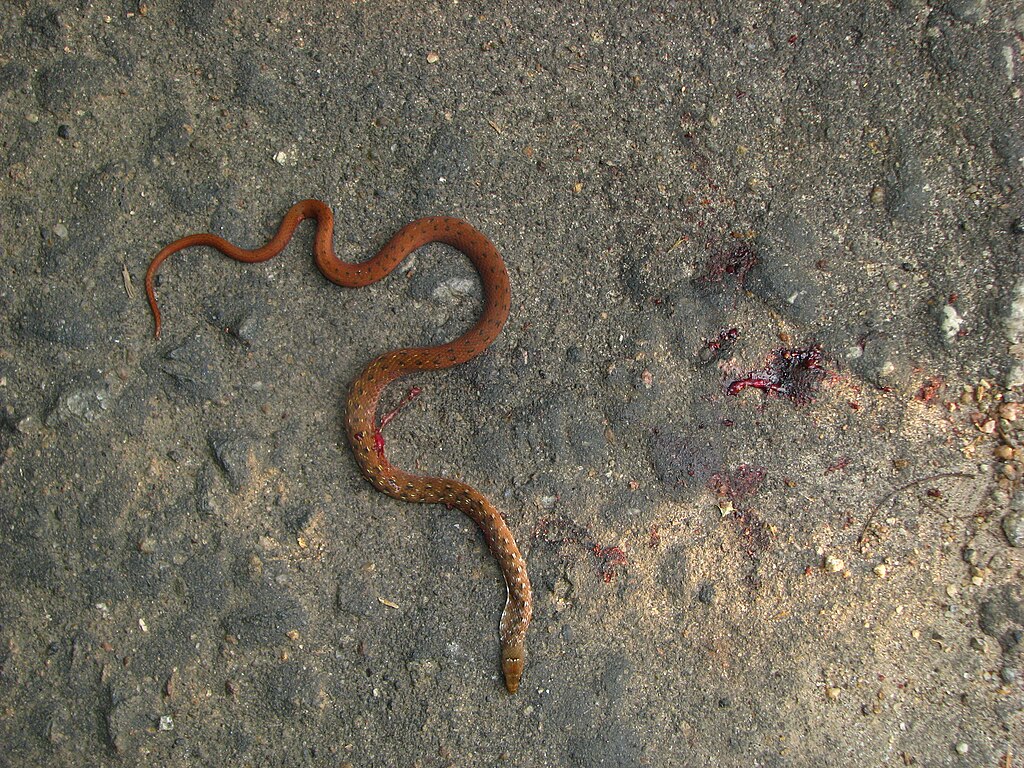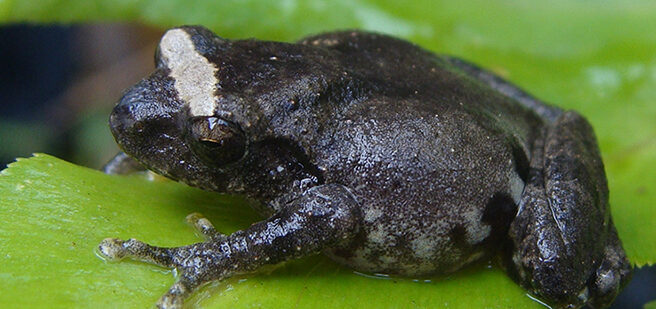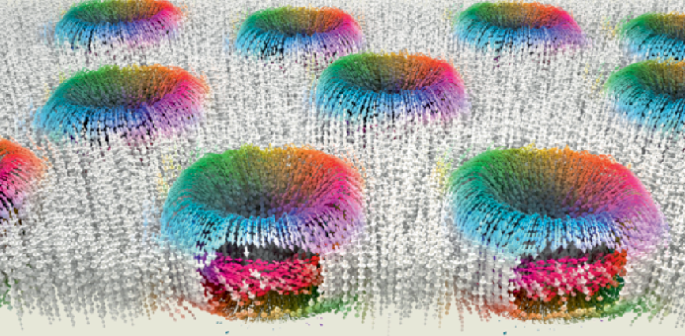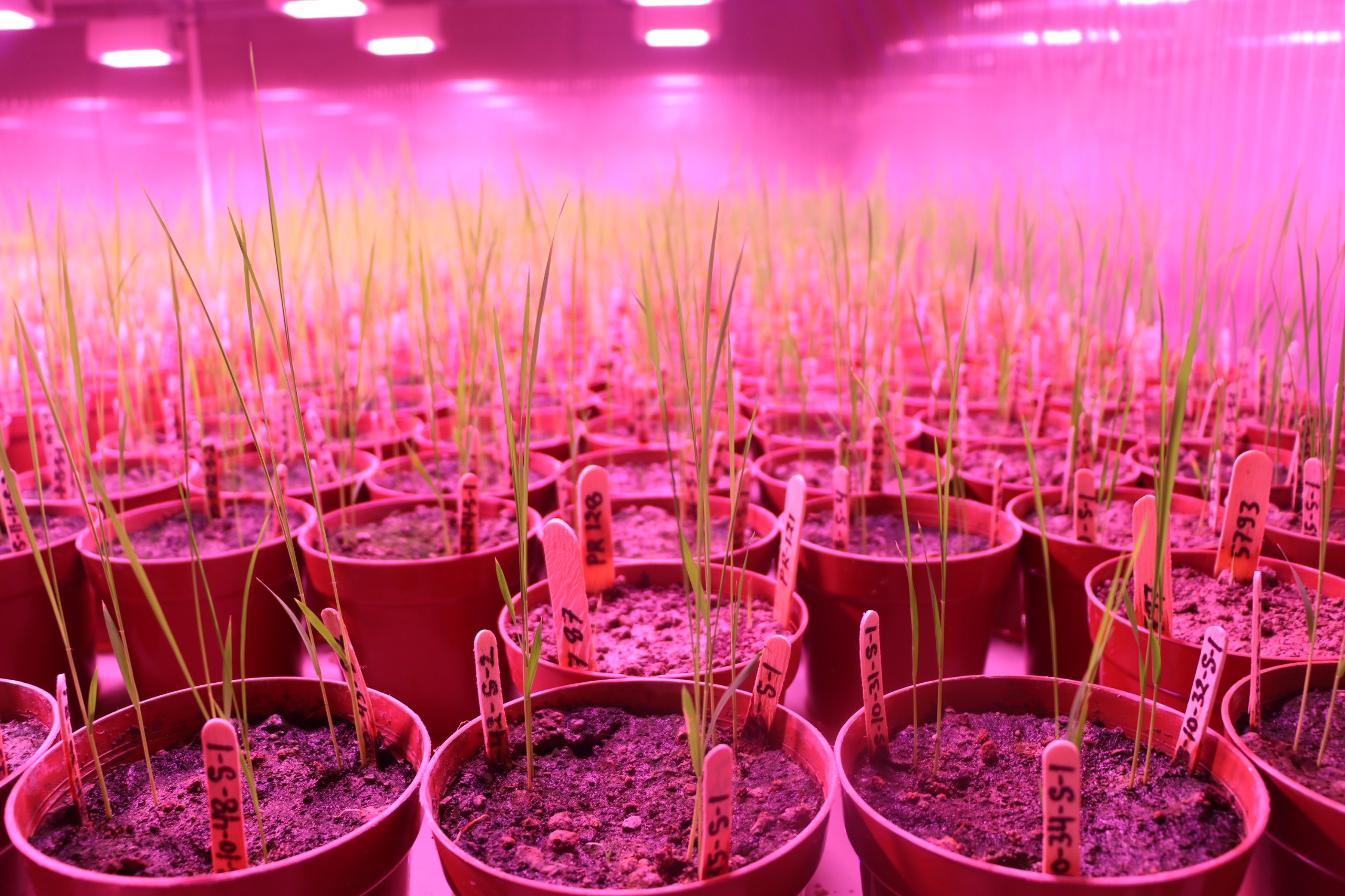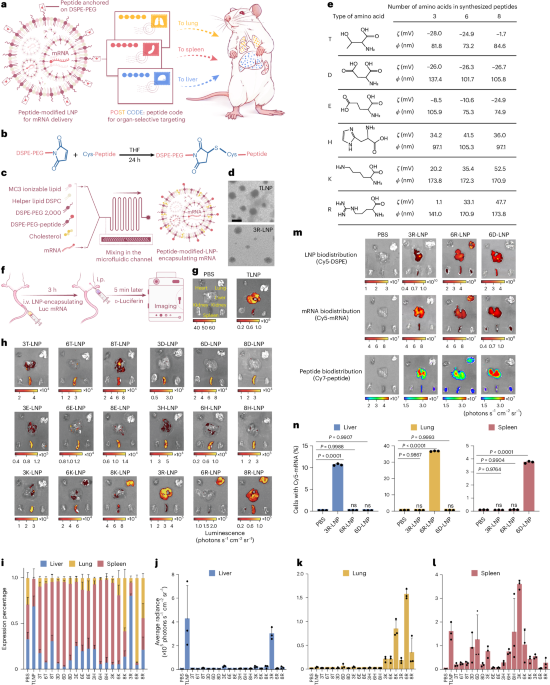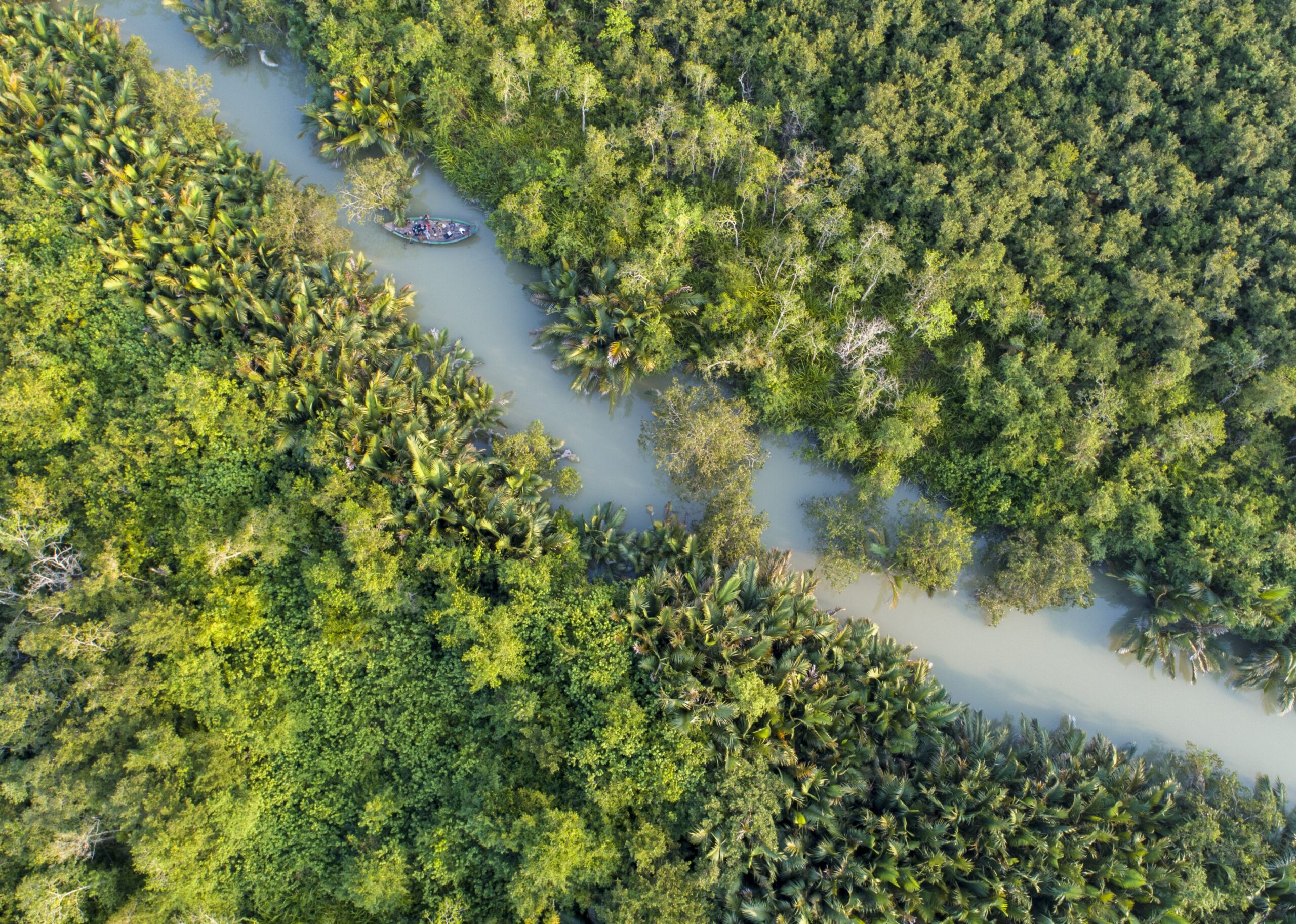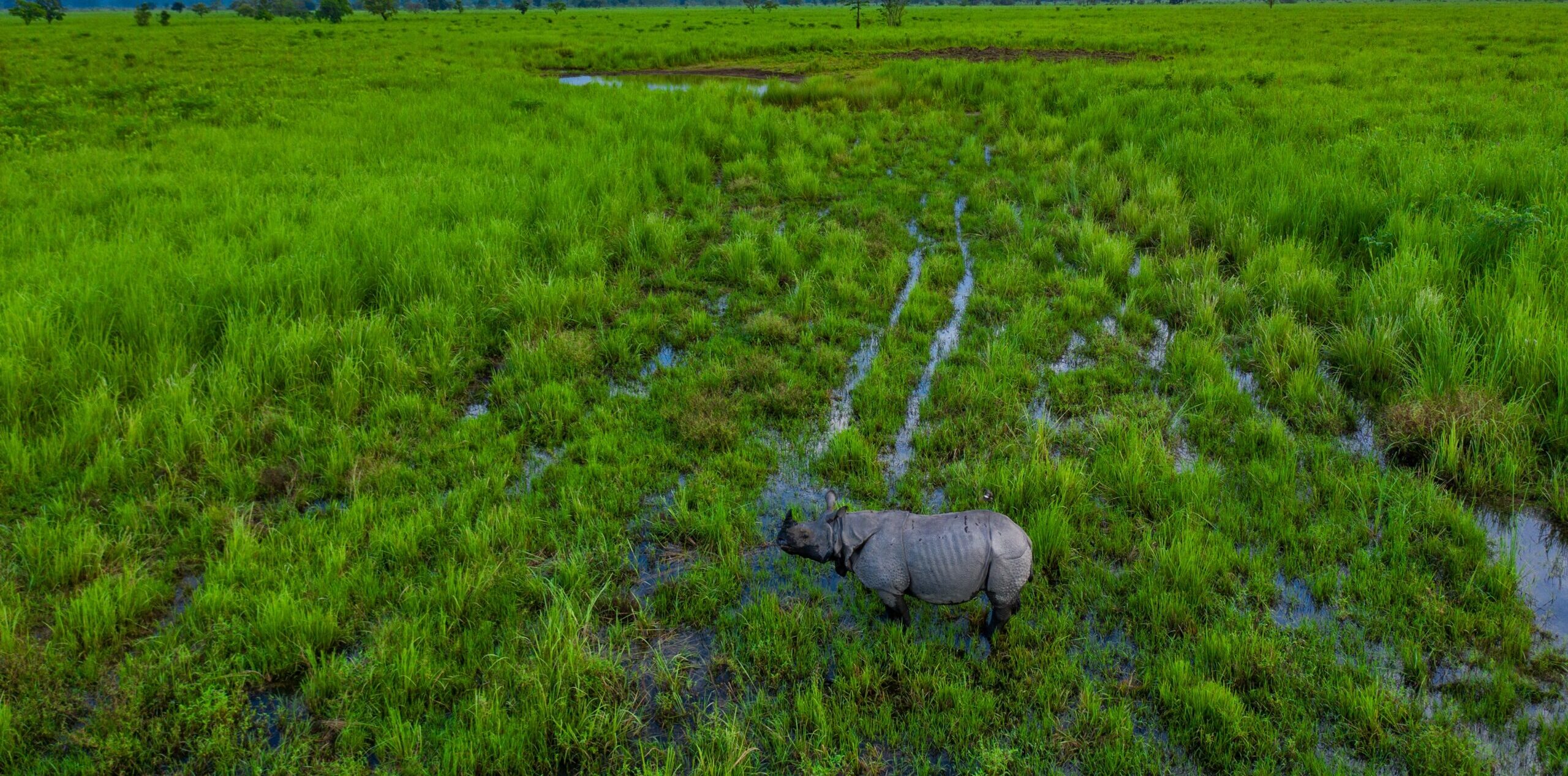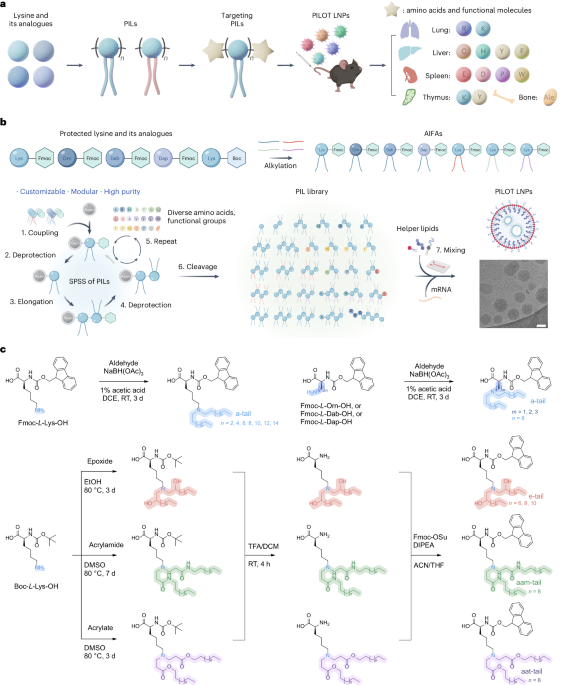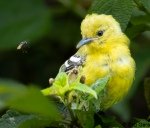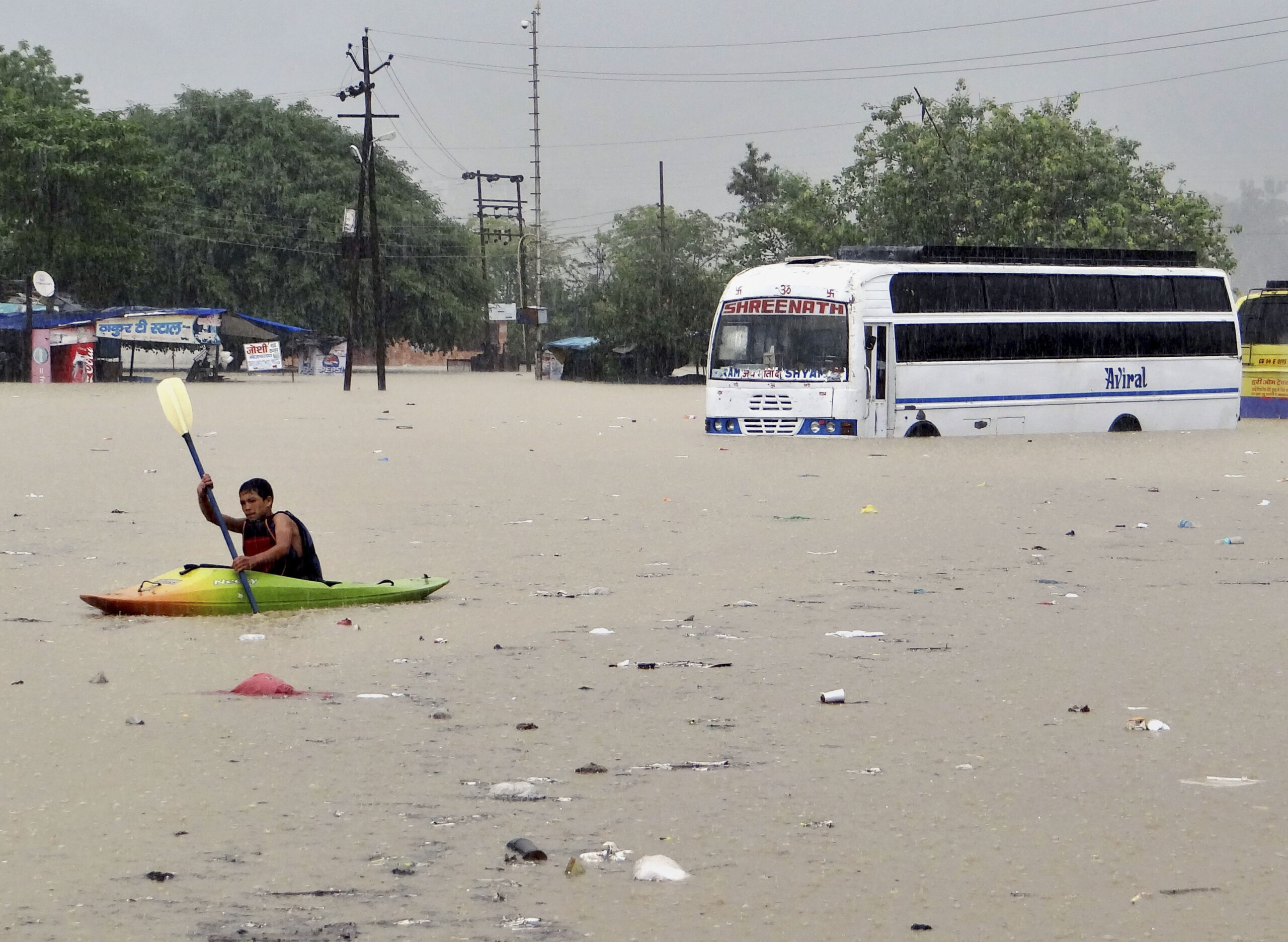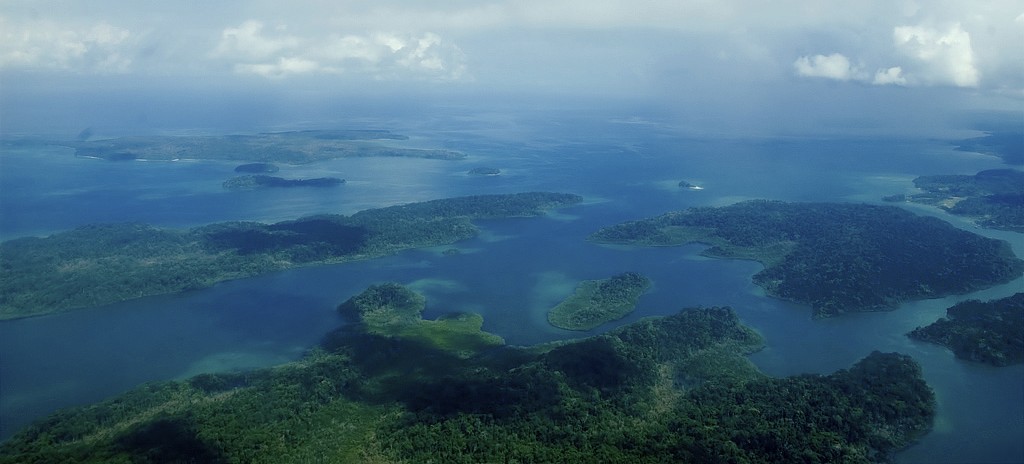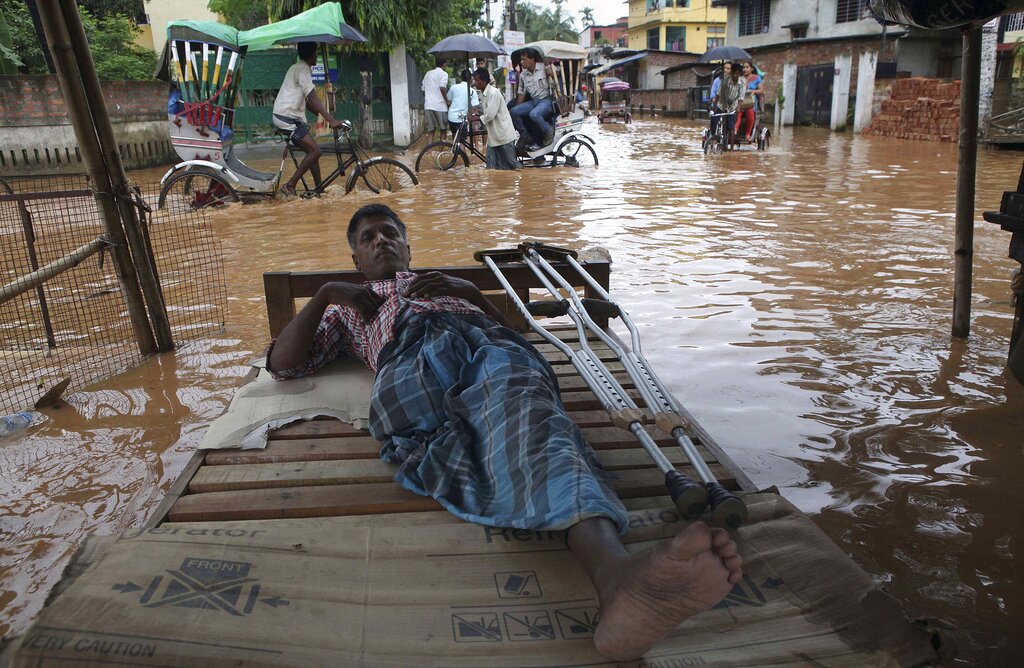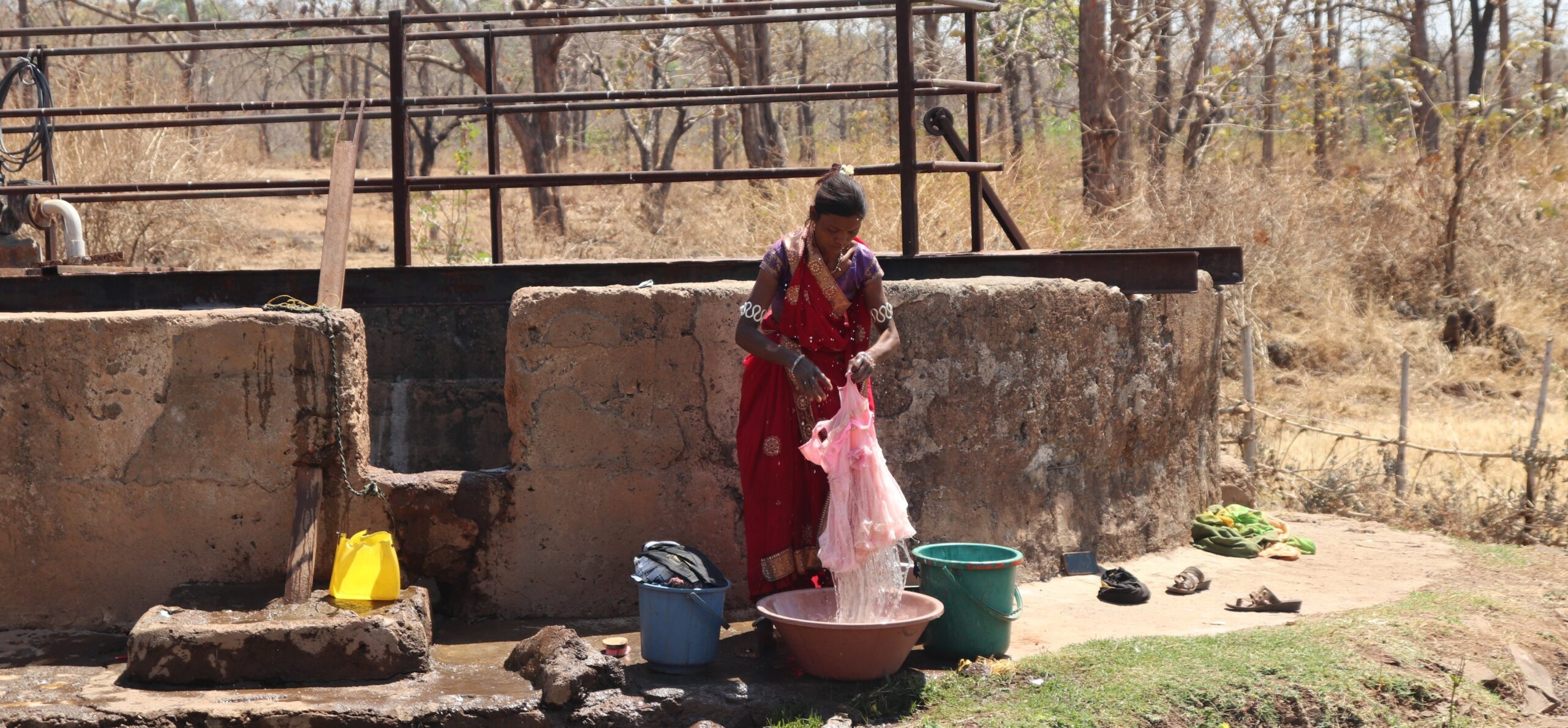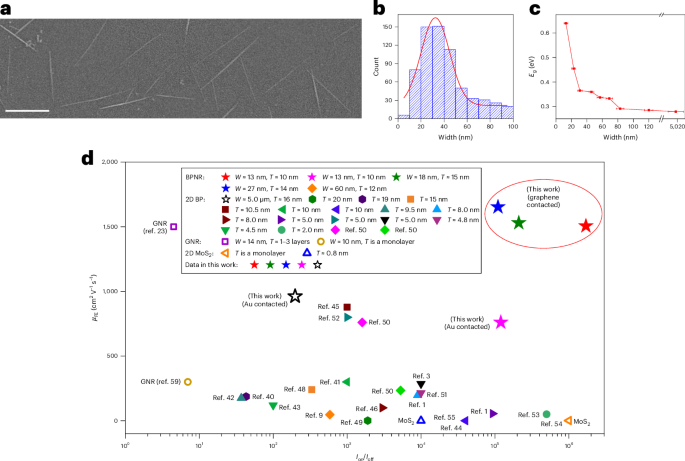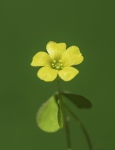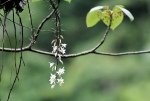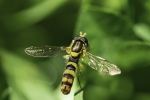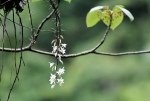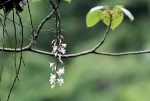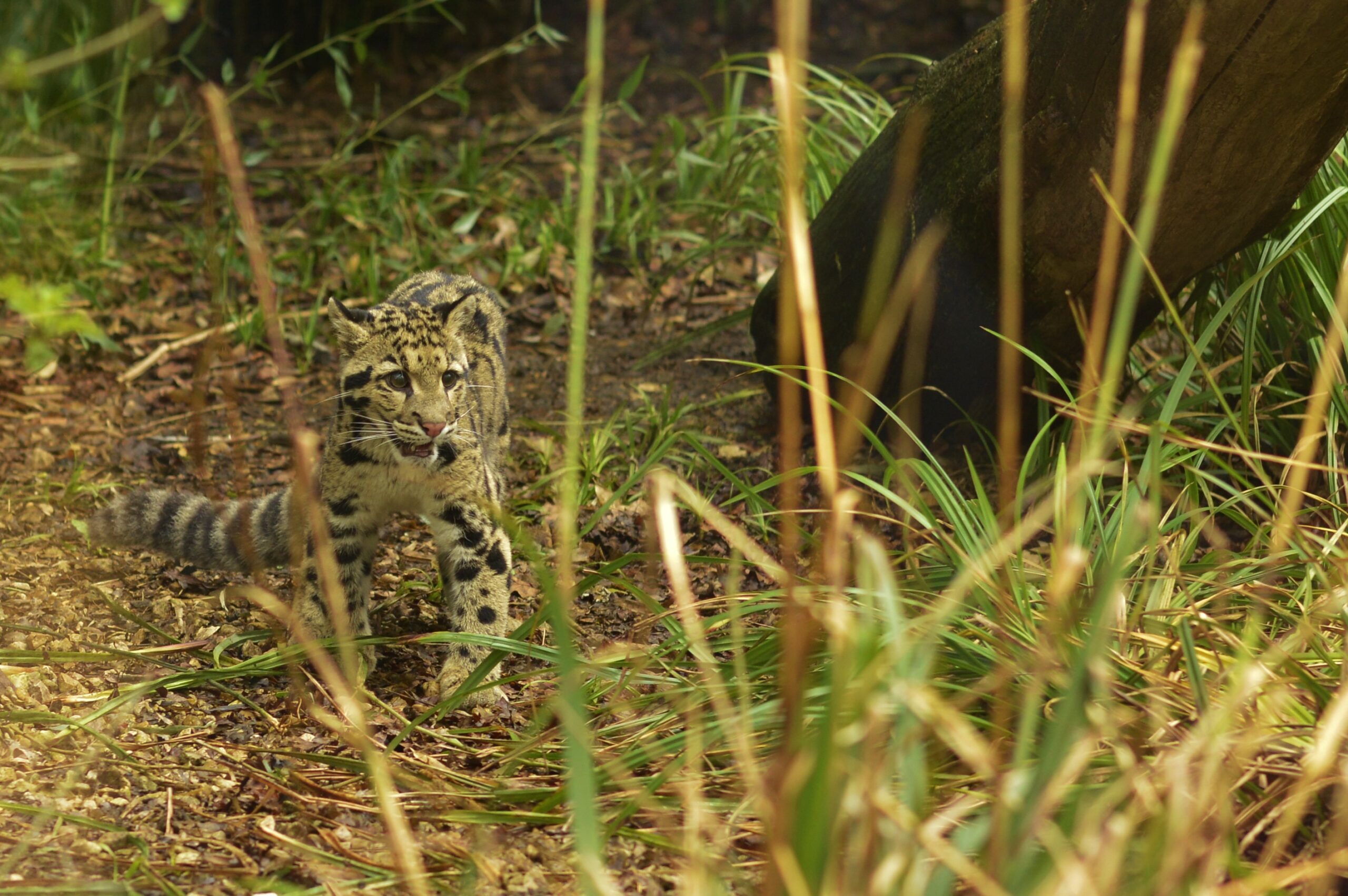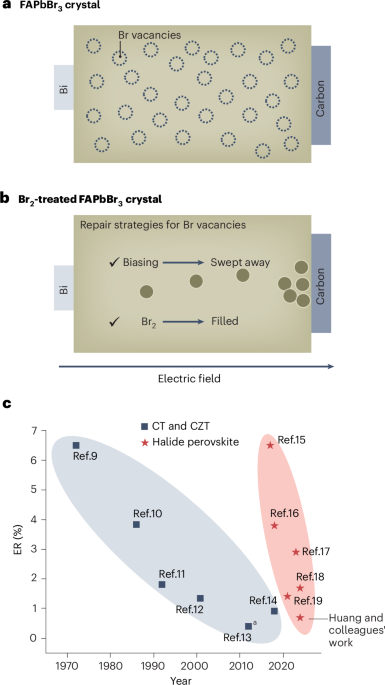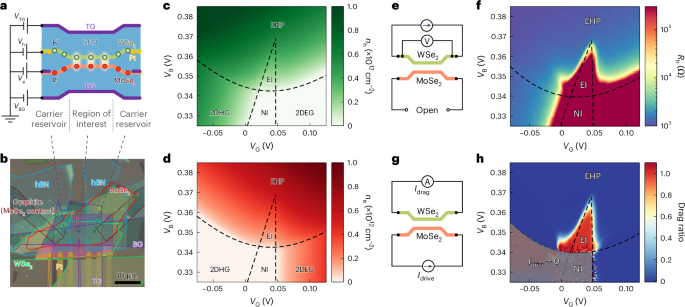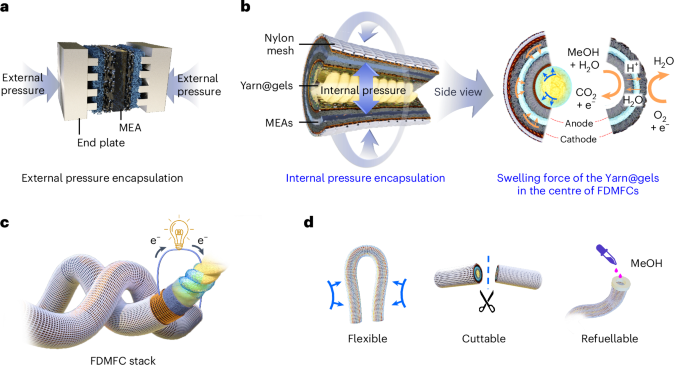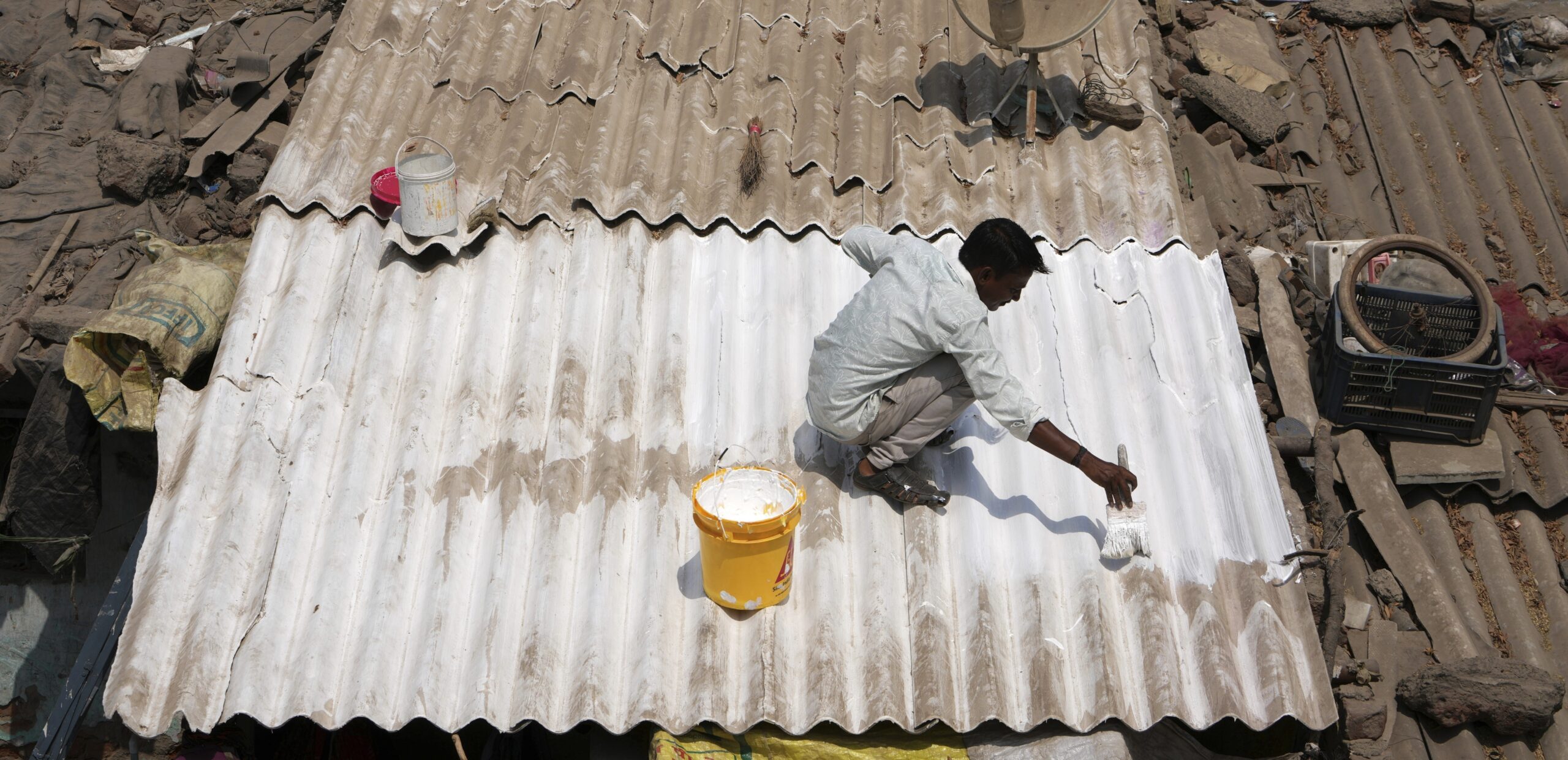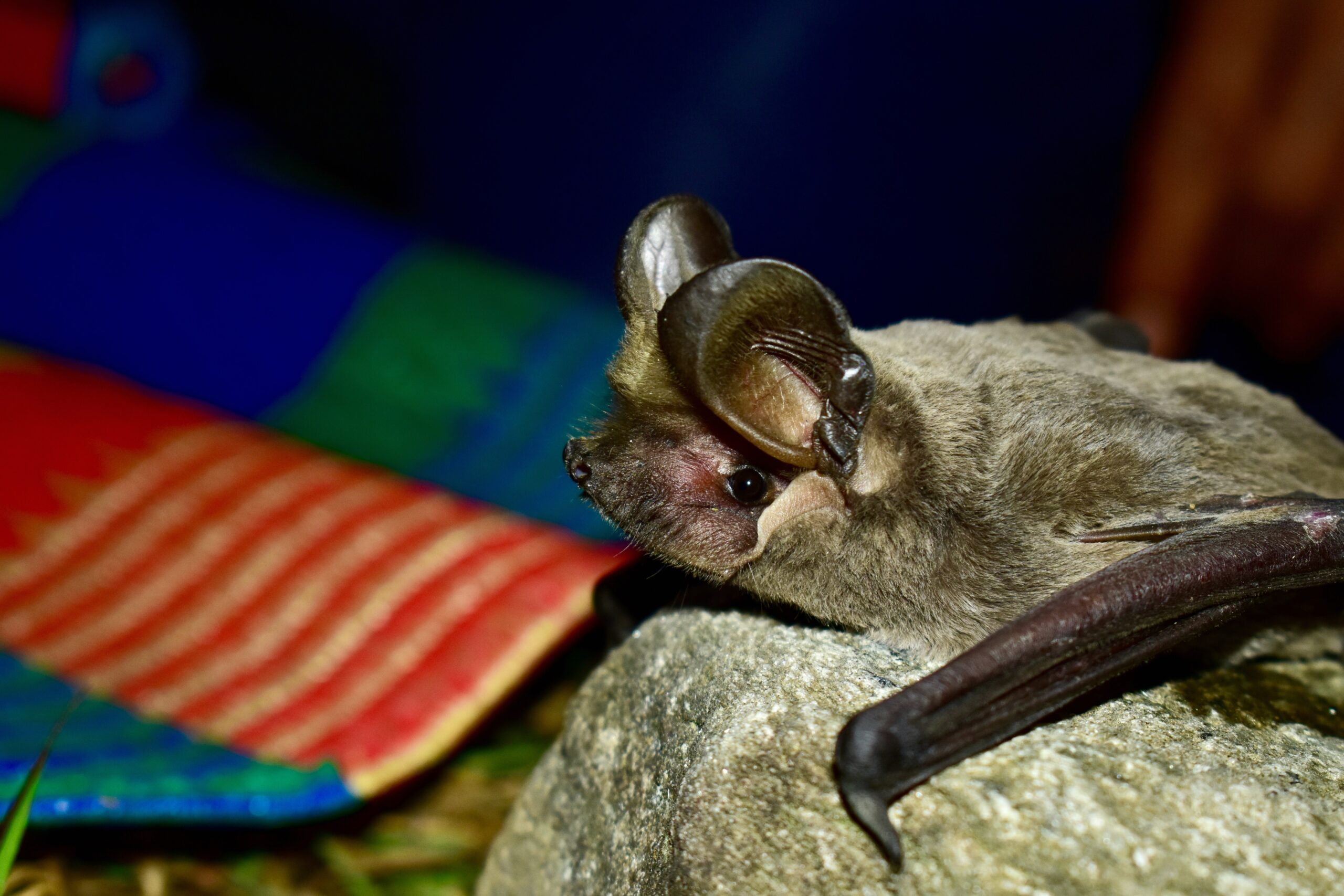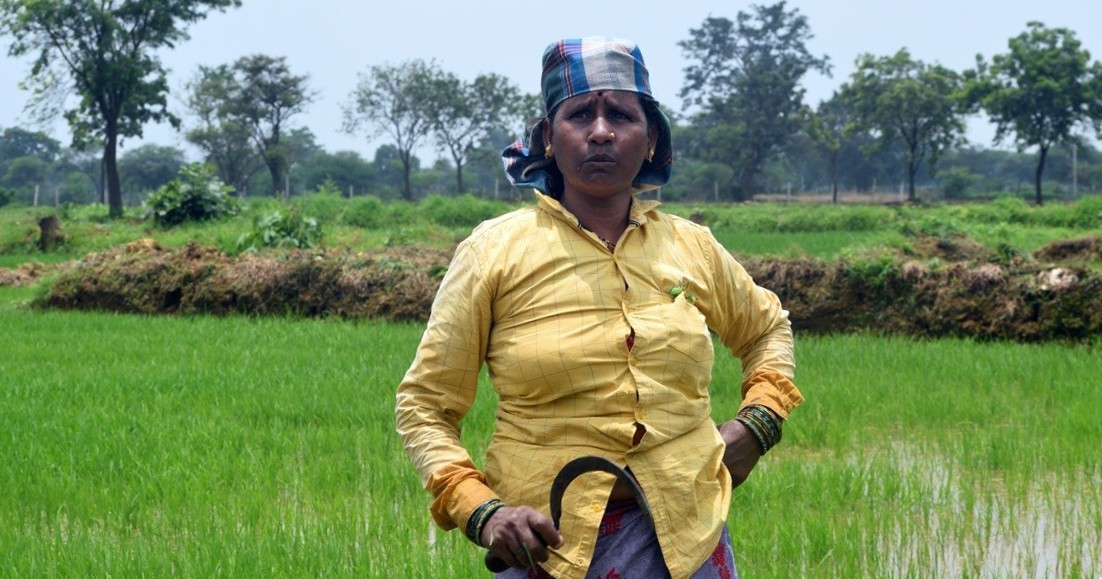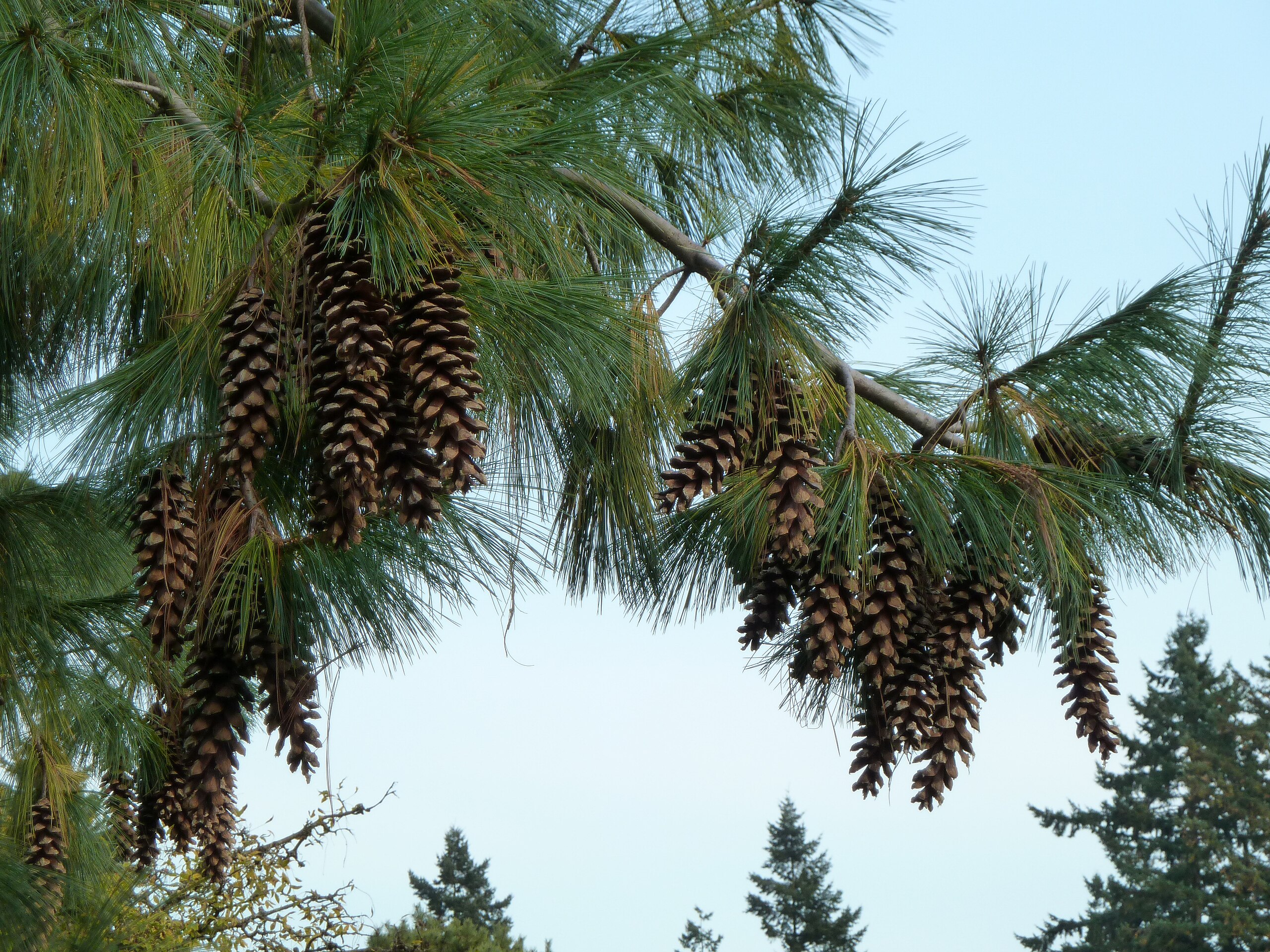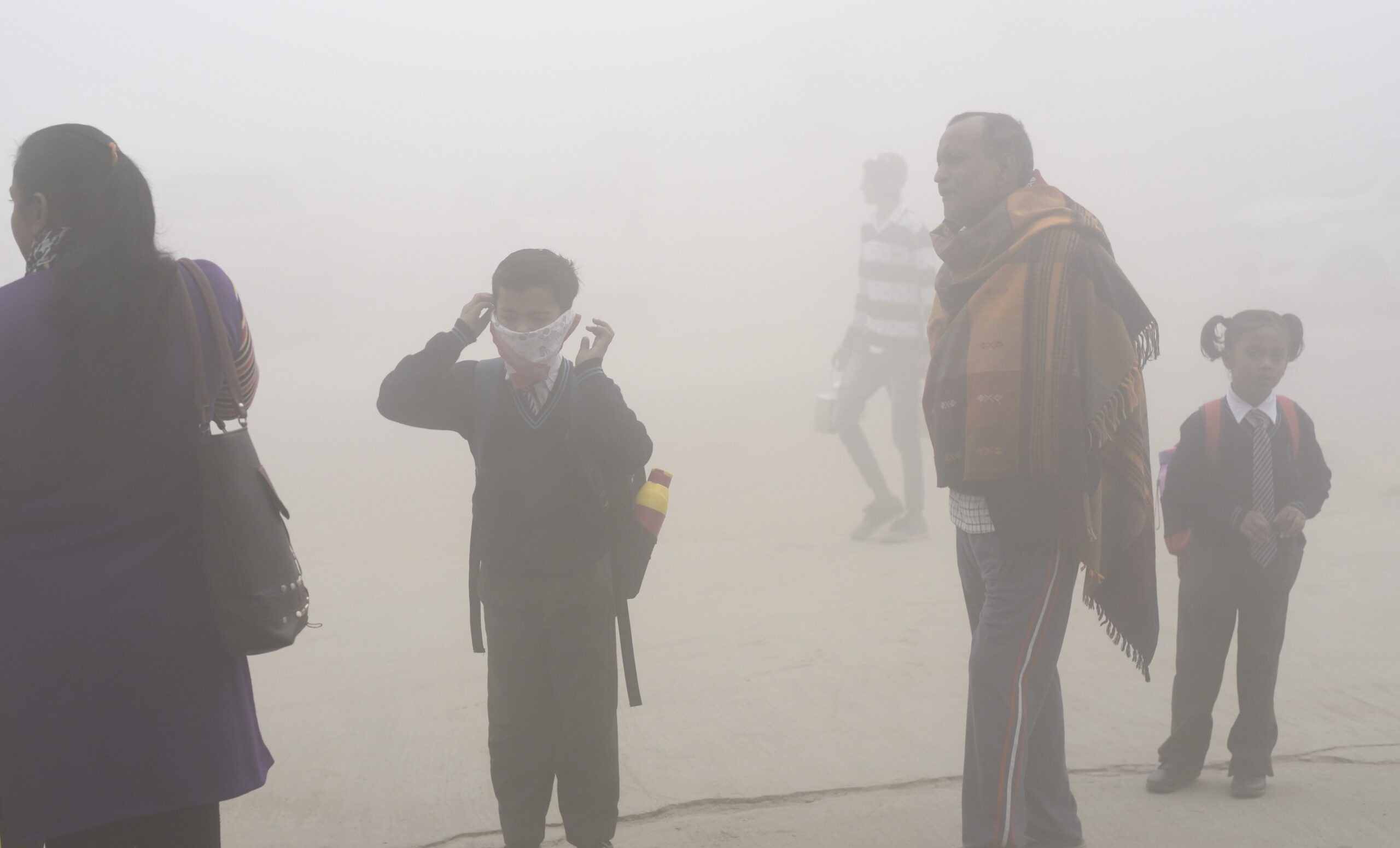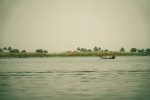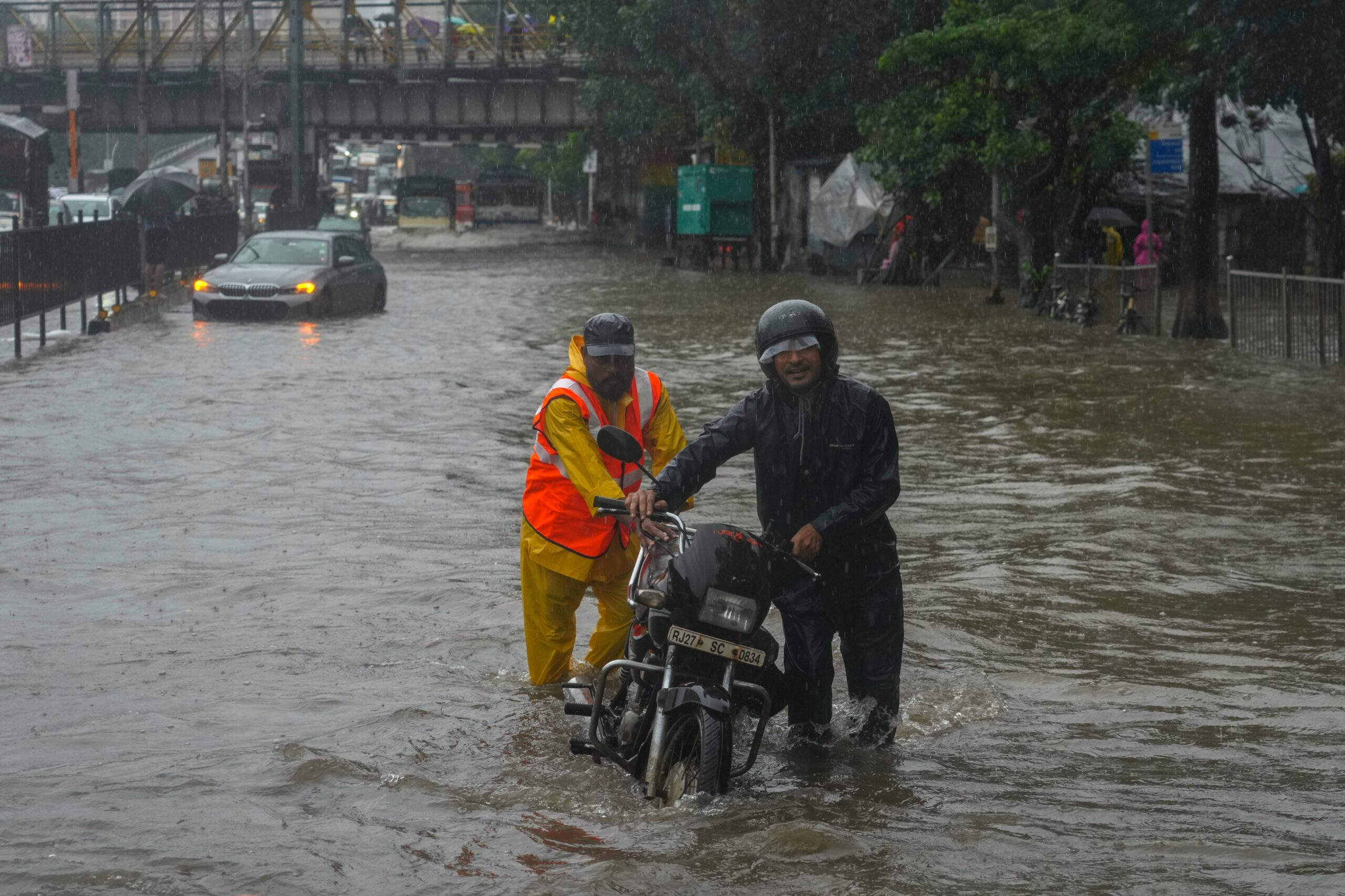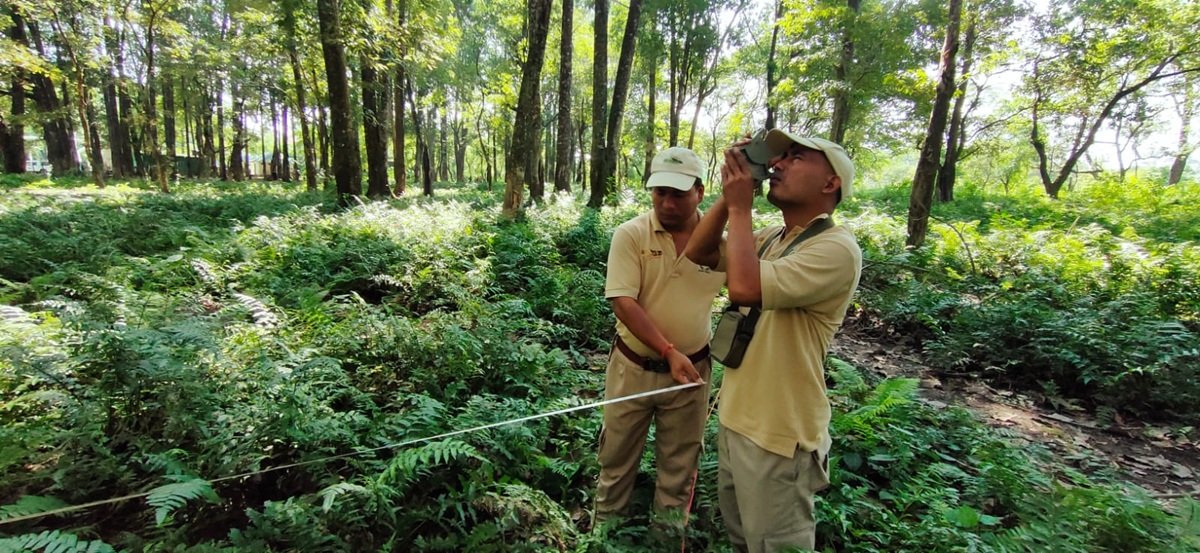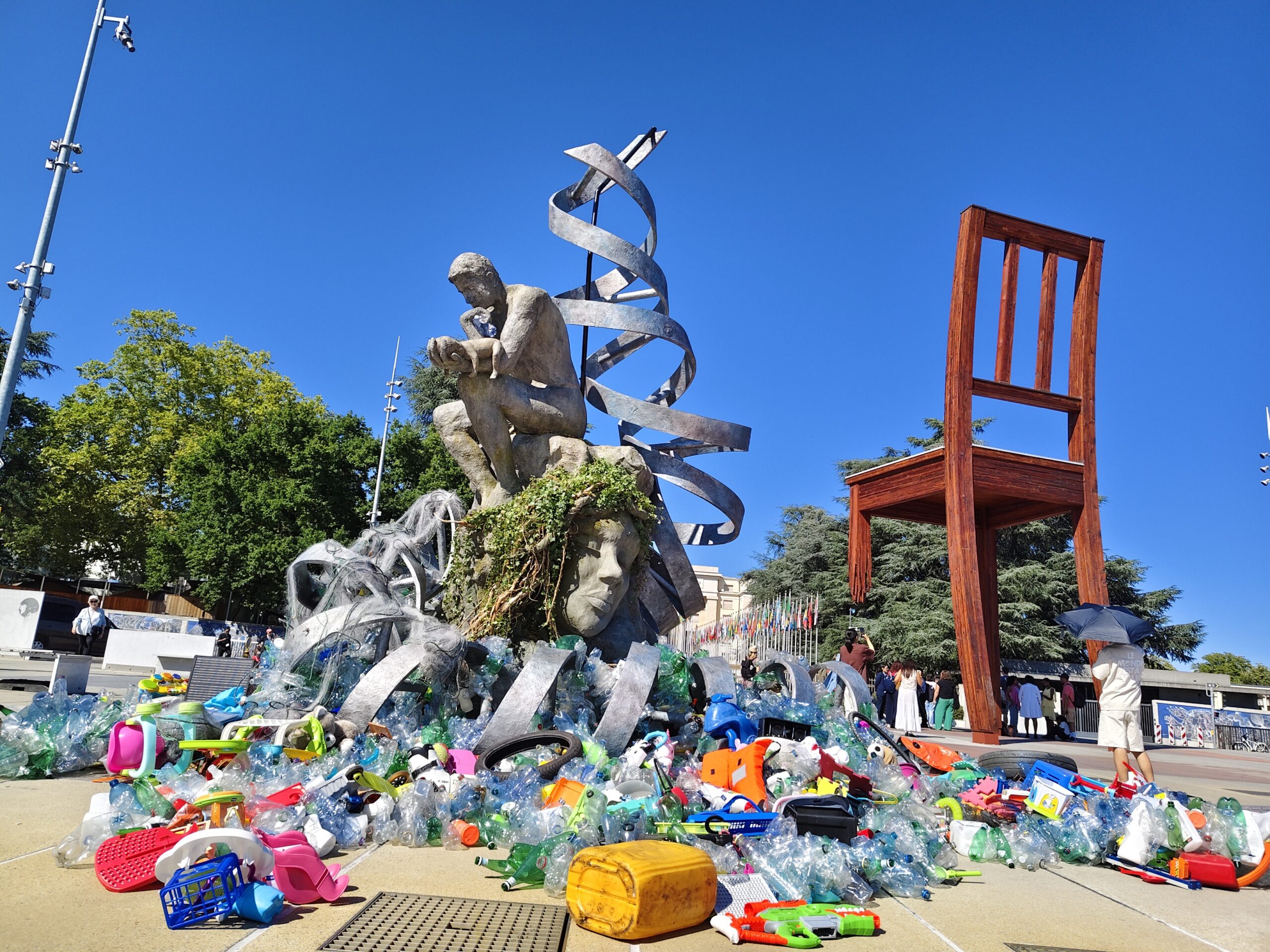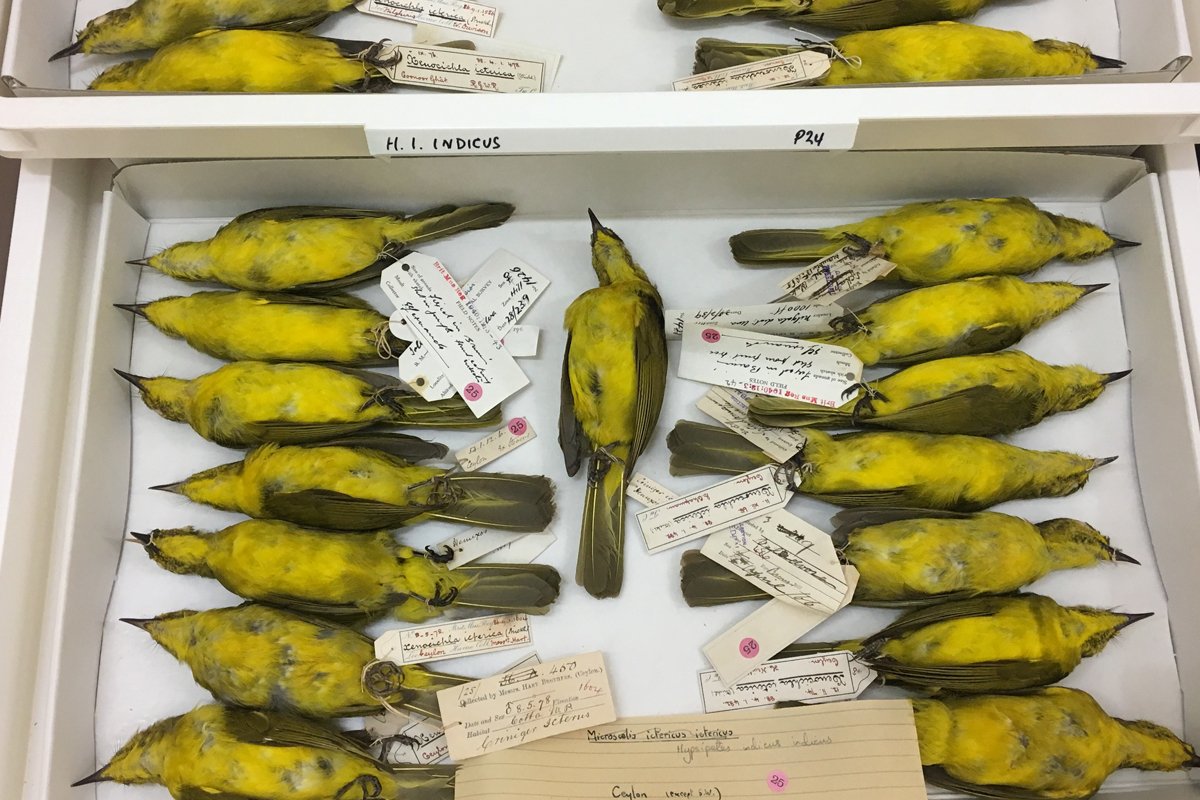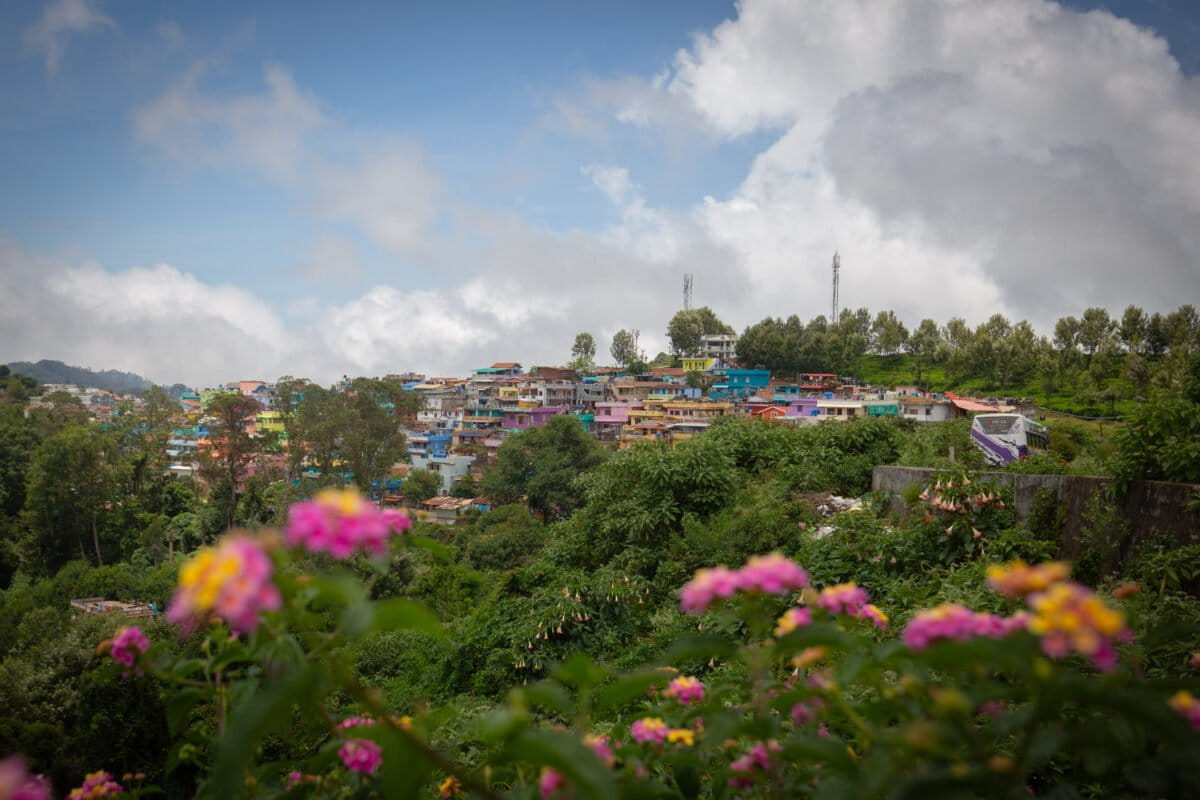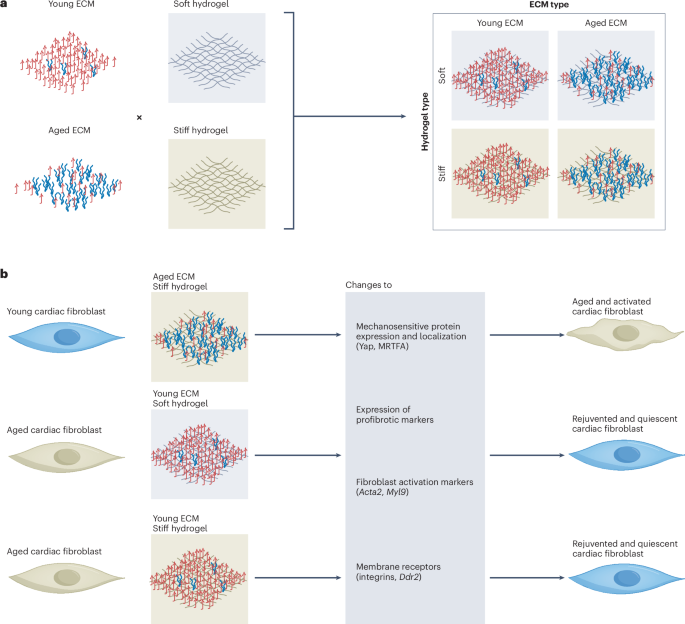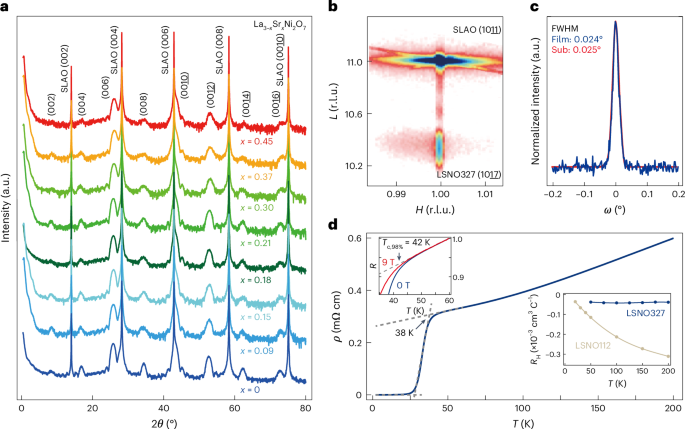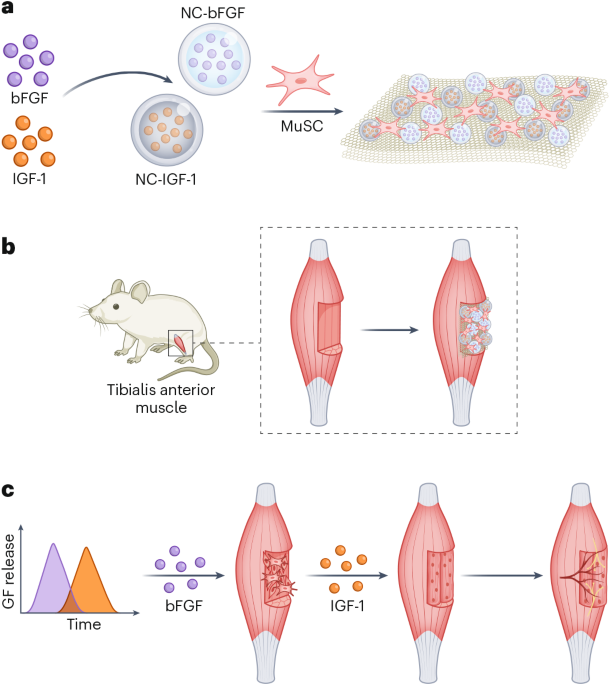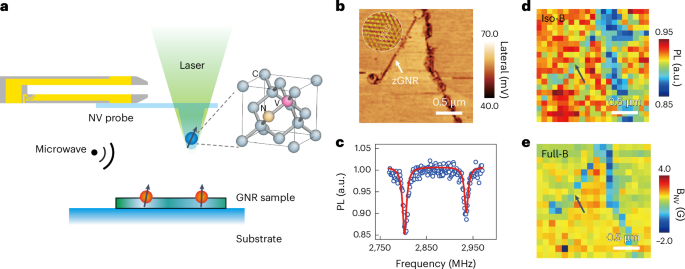
Every kilogram of dry sediment from Mumbai’s mangrove areas has, on average, 6,730 microplastic particles, finds a study that analysed the sediments of six mangroves zones in the metropolitan region.
More than half the microplastics analysed were fibres while other predominant types included plastic particles less than 100 µm (about the diameter of human hair) and translucent/transparent items.
Occurrence of microplastics in the sediment is worrying because they can build up in benthic organisms (organisms that live at the bottom of a water body) that come in direct contact with the microplastic-filled sediments, and may move up the food chain, possibly reaching humans through seafood, indicates the study published earlier this year. “Regular microplastic assessments, particularly in urban mangrove ecosystems, are vital for mitigating potential risks and developing effective conservation strategies,” notes the study conducted by a group of scientists from institutes in India and Saudi Arabia, led by Indian Council of Agricultural Research-Central Institute of Fisheries Education, Mumbai.
Thirty samples from surface sediment (up to 5 cm depth) were collected from October to December 2021, representing varying levels of anthropogenic influence — urban-influenced Gorai, Versova, and Bandstand mangrove regions and less-urbanised areas such as Sewri, Vikhroli, and Elephanta island. The highest average of microplastics was recorded in the mangroves of Versova (more than 7,800 particles per kg of dry weight), while the lowest was in Sewri (more than 5,700 particles per kg of dry weight).
The study assessed that the muddy shores of Versova had the highest amount of microplastics, likely due to high levels of debris pollution in this area, reflecting the impact of “local anthropogenic activities such as urban runoff and inadequate waste management”.
Other studies that have previously documented microplastics in mangrove sediments in India have estimated around 27 items/kg dry weight (dw) in Punnakayal Estuary and 9 items/kg dw in Tuticorin (Thoothukudi) in Tamil Nadu; around 1275 particles/kg dw in the sediments of Mangalavanam bird sanctuary in Kochi city in Kerala; and about 1414-1418 microplastics/kg of surface sediment samples from Kota mangroves in Udupi in Karnataka.
“This study provides critical estimates of MPs (microplastics) abundance in Mumbai’s mangrove sediments, highlighting the urgent need for management plans and policies to address microplastic production and release into coastal waters, thereby protecting marine organisms,” write the study authors.
It has been estimated that more than three-quarters of the world’s mangroves are under threat along with all the aquatic and terrestrial organisms that depend on them, according to the UNESCO, which has designated July 26 as the International Day for the Conservation of the Mangrove Ecosystem.
Banner image: Polluted mangroves in Malad, Mumbai. Image by Saumitra Shinde/Mongabay.



